Every British childhood is filled with a few well-intentioned tales that parents tell to keep us on our toes or simply to make life a little easier. Here are 21 of the most memorable stories that many of us have likely passed down to our own children.
1. Eating Carrots Improves Night Vision

The idea that eating carrots can help you see in the dark was popularized during WWII to cover up the use of radar technology by British pilots. While carrots do contain vitamin A, which is good for eye health, they won’t actually give you night vision.
2. Santa’s Naughty List

Parents often invoke Santa’s naughty list to ensure good behavior throughout the year. The concept has been used for generations, adding a touch of magic and a bit of accountability to the Christmas season.
3. Square Eyes From Too Much TV
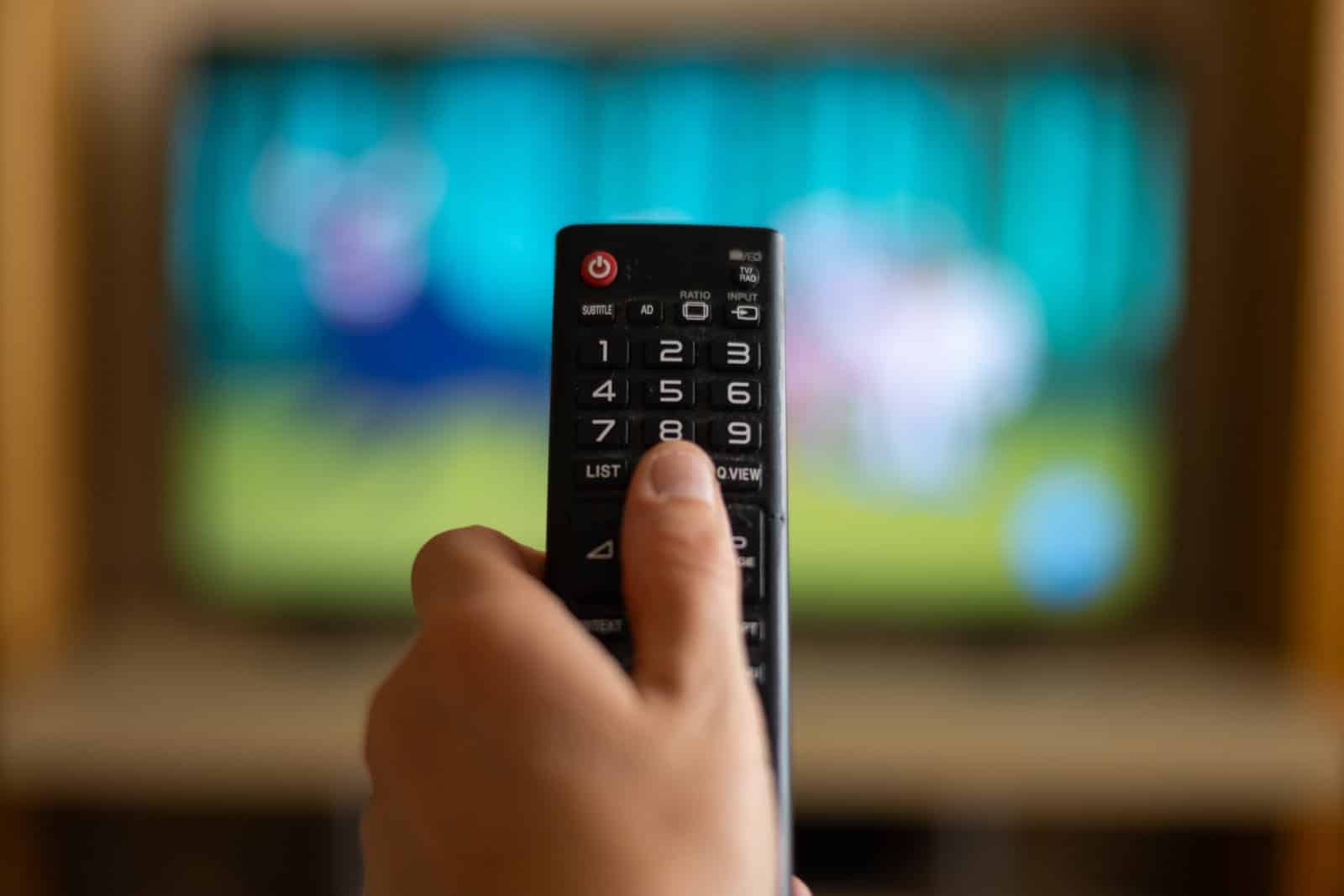
The warning that watching too much television would give you square eyes was a humorous exaggeration meant to limit screen time. This myth emerged in the 1950s and 60s as TVs became more common in British households.
4. Pinocchio Nose for Liars
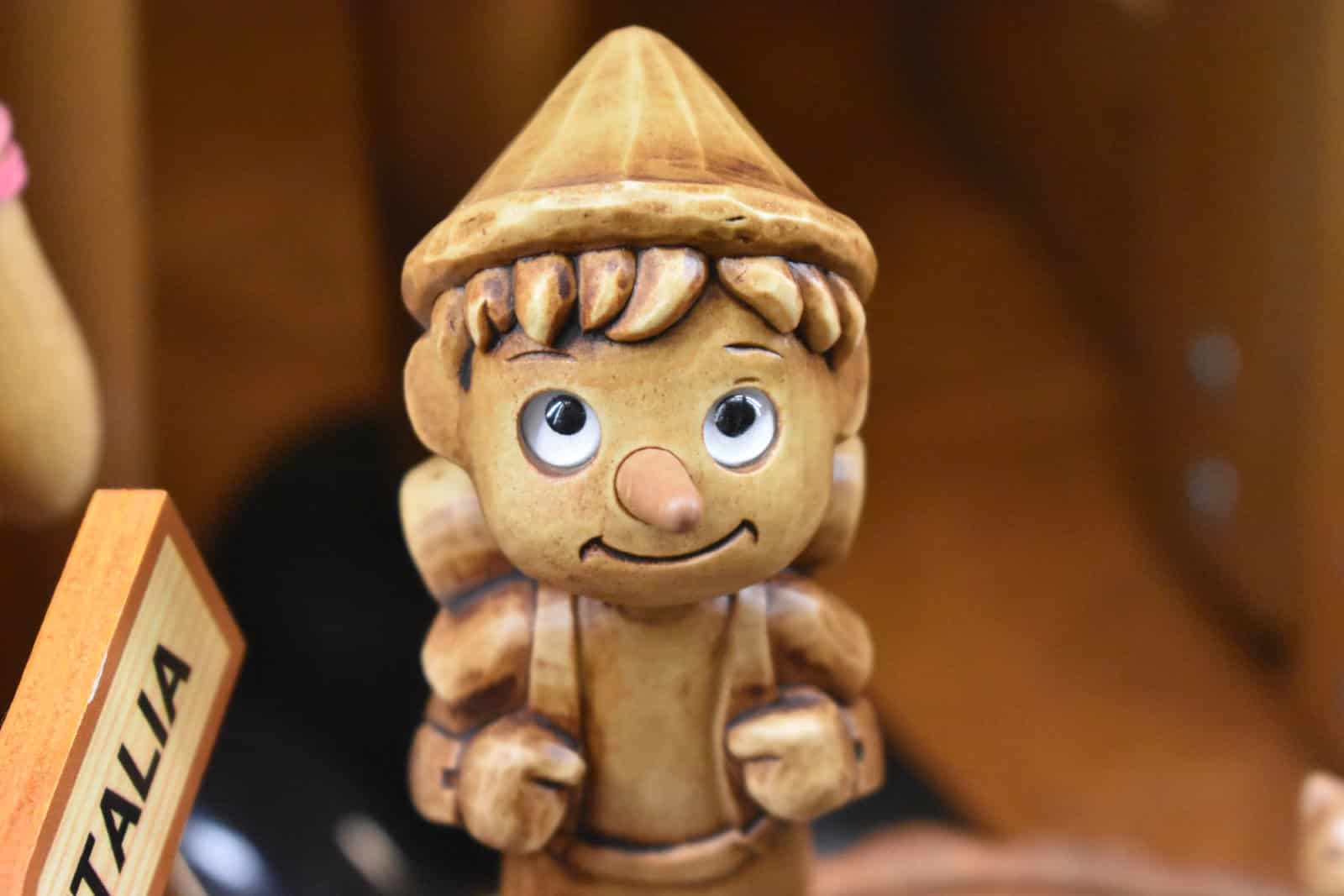
The story of Pinocchio, whose nose grew every time he lied, was used to encourage honesty in children. This tale, originally from an Italian novel, became a moral lesson in households around the world after Disney popularized it in the 1940s.
5. Crusts Make Your Hair Curly
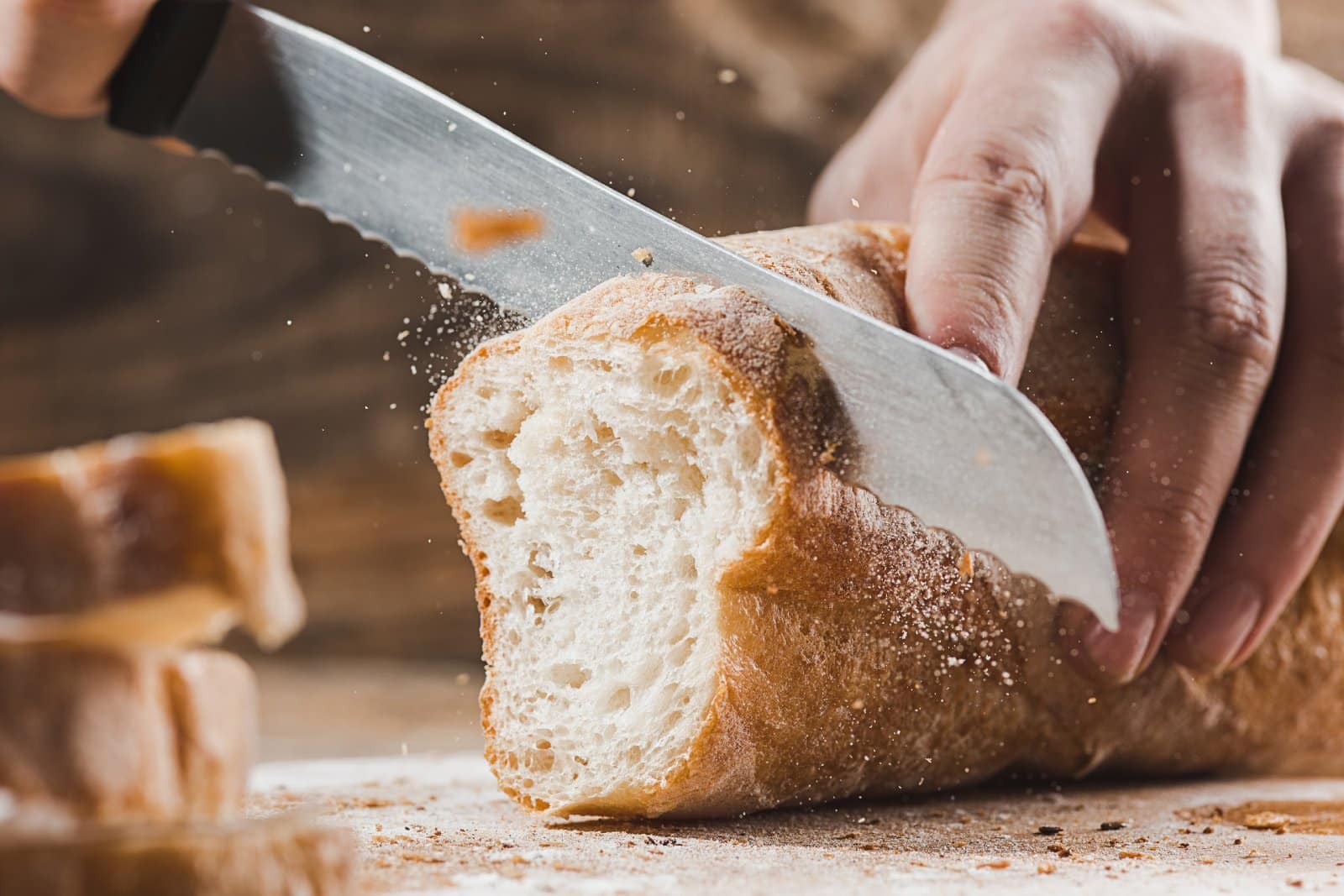
British parents often claimed that eating bread crusts would make your hair curly, a tactic used to get kids to finish their sandwiches. This fib likely dates back to a time when food wastage was frowned upon and every bite counted.
6. Ice Cream Van Music
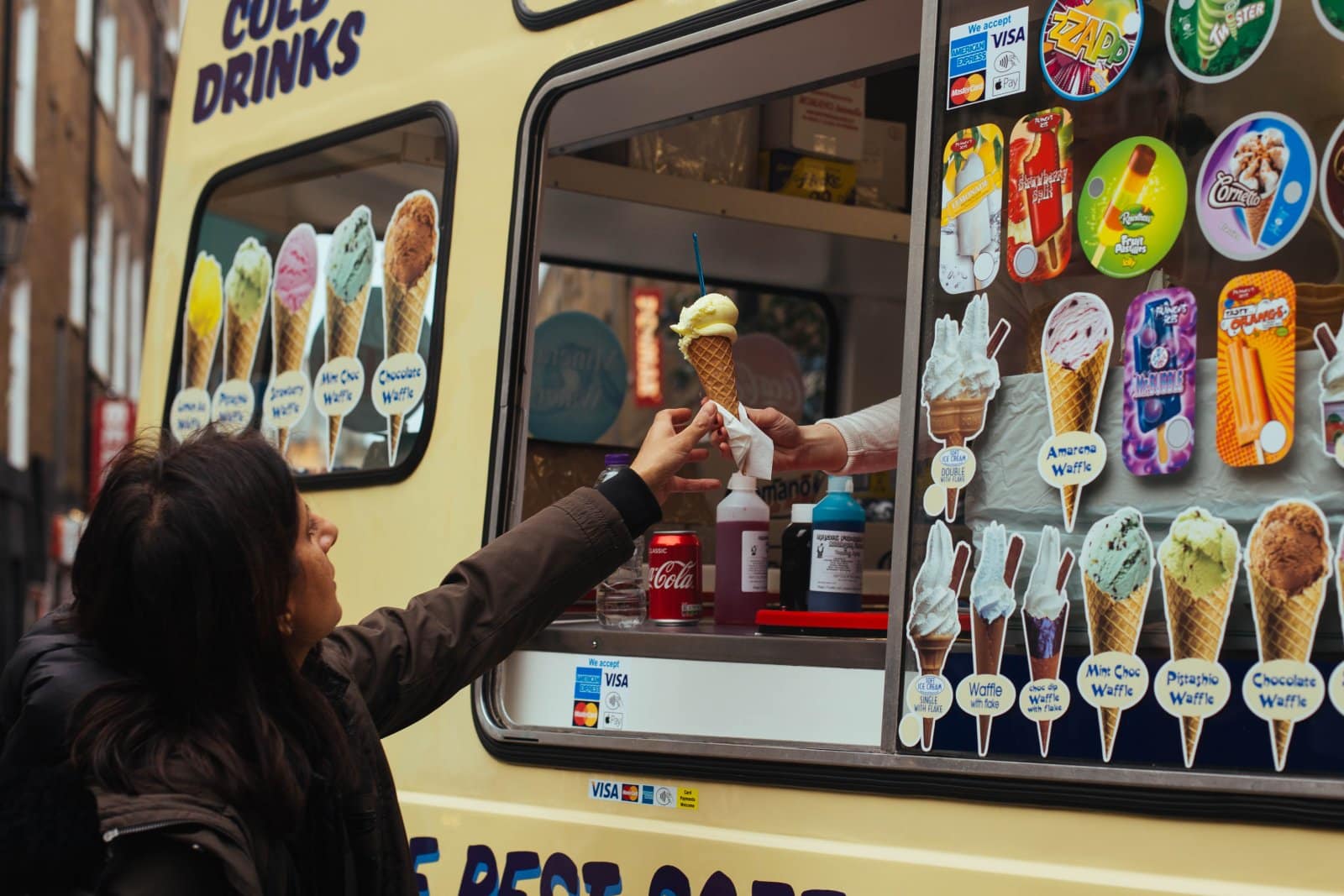
The idea that the ice cream van only plays music when it’s out of ice cream is a clever tactic to avoid buying treats. This helps manage children’s expectations and prevents the inevitable tantrum when parents don’t want to shell out for ice cream.
7. Reading in the Dark Damages Eyes

The belief that reading in dim light would damage your eyes was likely propagated to encourage good reading habits. While poor lighting can strain the eyes, it doesn’t cause permanent damage.
8. Knuckle Cracking Leads to Arthritis
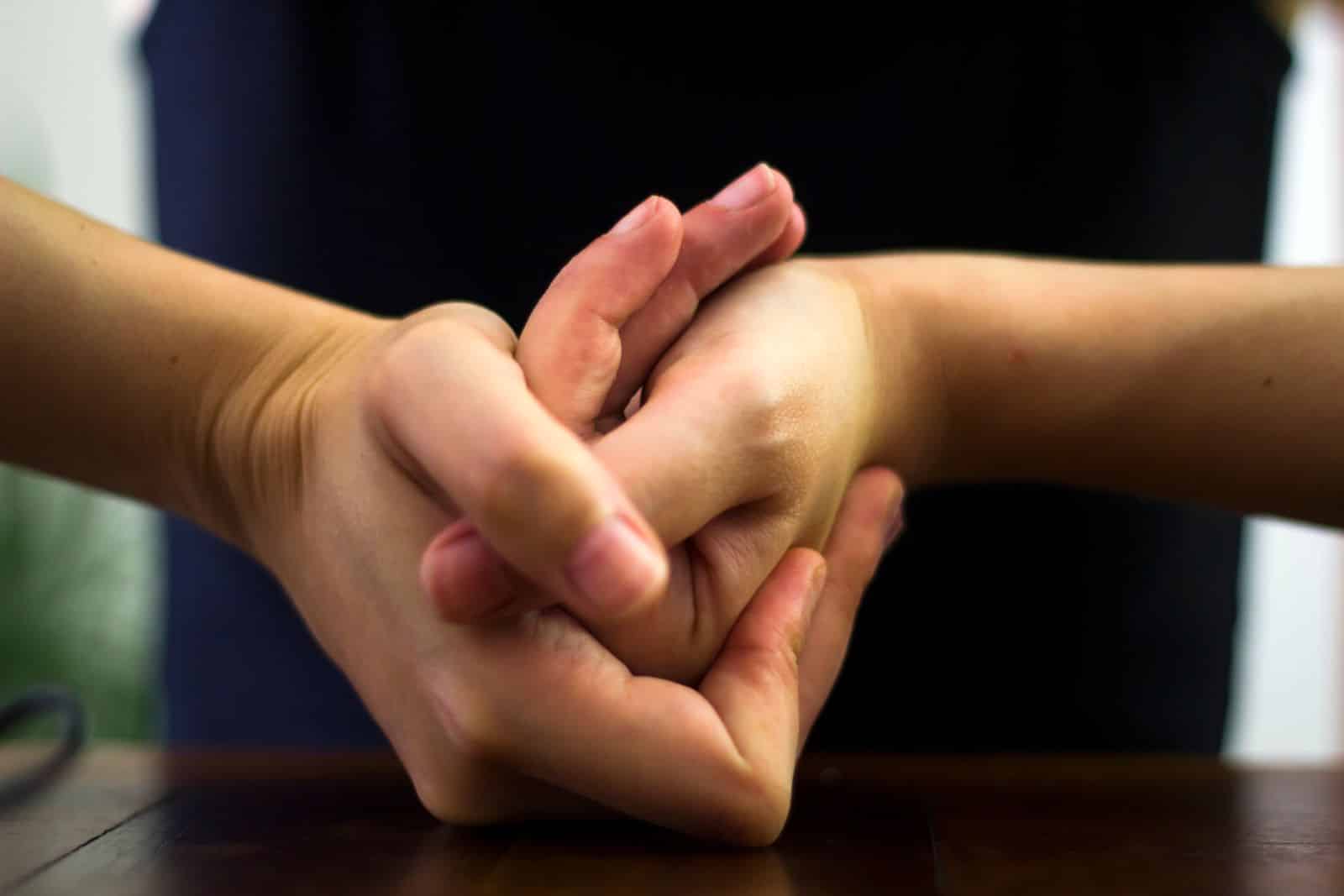
Parents often tell their children that cracking their knuckles will cause arthritis, a myth with no scientific basis. This fib is typically used to discourage what many find to be an annoying habit.
9. The Park Is Closing
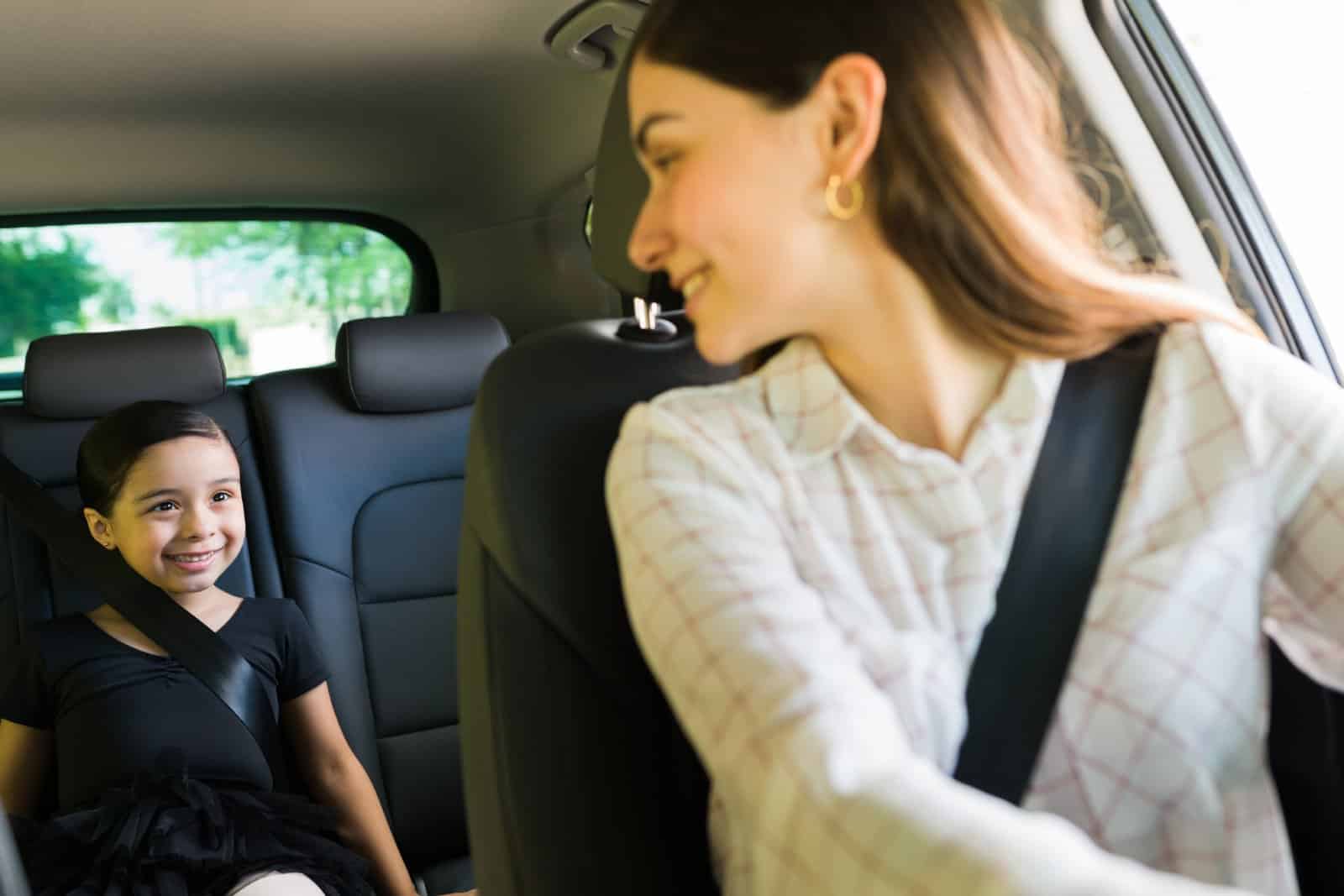
This classic myth is told to children who don’t want to leave the playground. Parents claim the park is closing, regardless of the time, to avoid a public meltdown.
10. The Easter Bunny Is Real
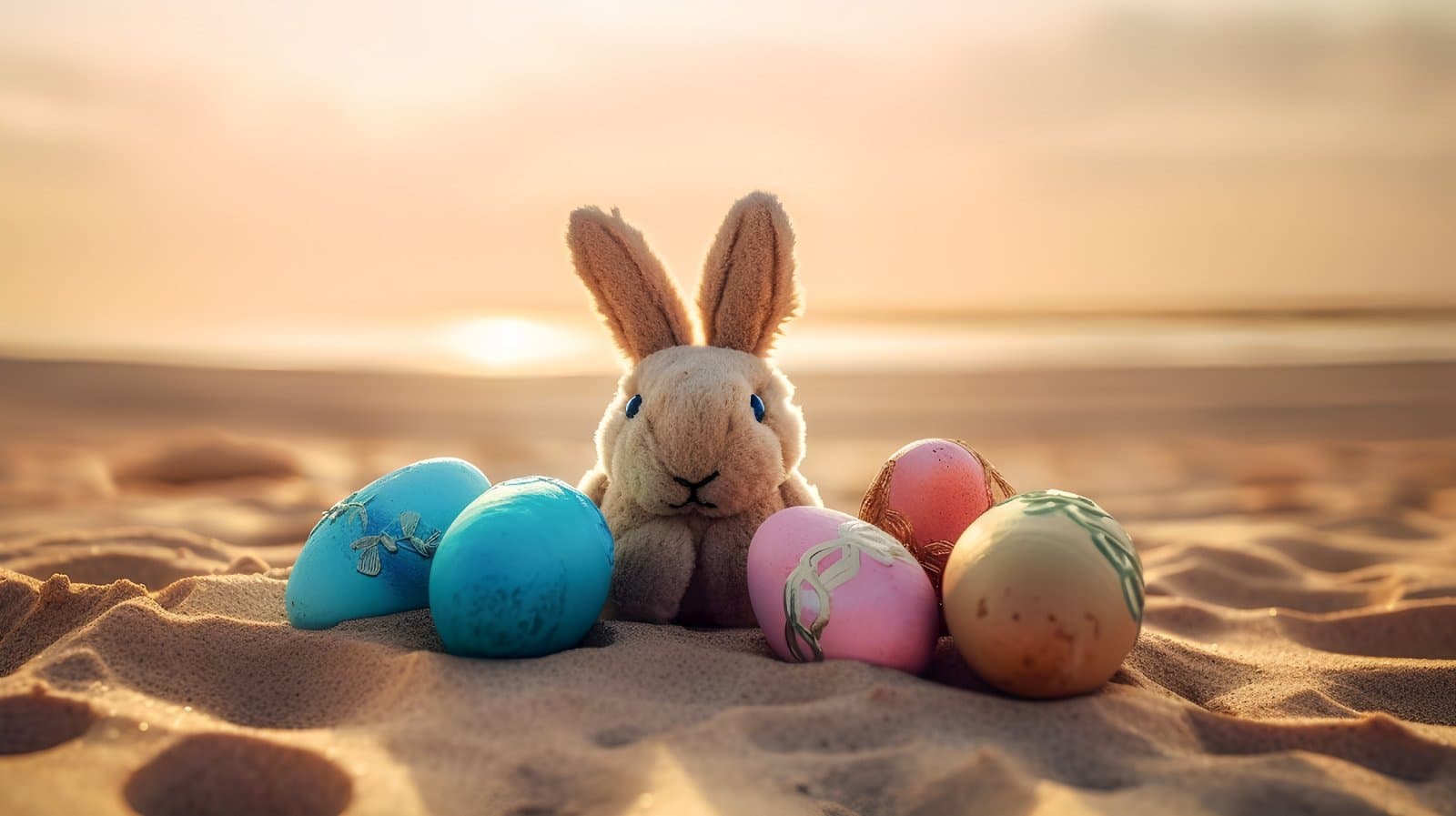
Much like Santa Claus, the Easter Bunny is a mythical figure created to add a sense of wonder to the holiday. The idea of a bunny delivering chocolate eggs dates back to 17th-century Germany and has been embraced by many cultures.
11. Swallowed Gum Stays in Your Stomach for 7 Years

The myth that swallowed gum stays in your stomach for seven years is a common way to discourage kids from swallowing it. In reality, gum passes through the digestive system like most other foods, though it is less digestible.
12. Big Ears Means You’re Good at Listening
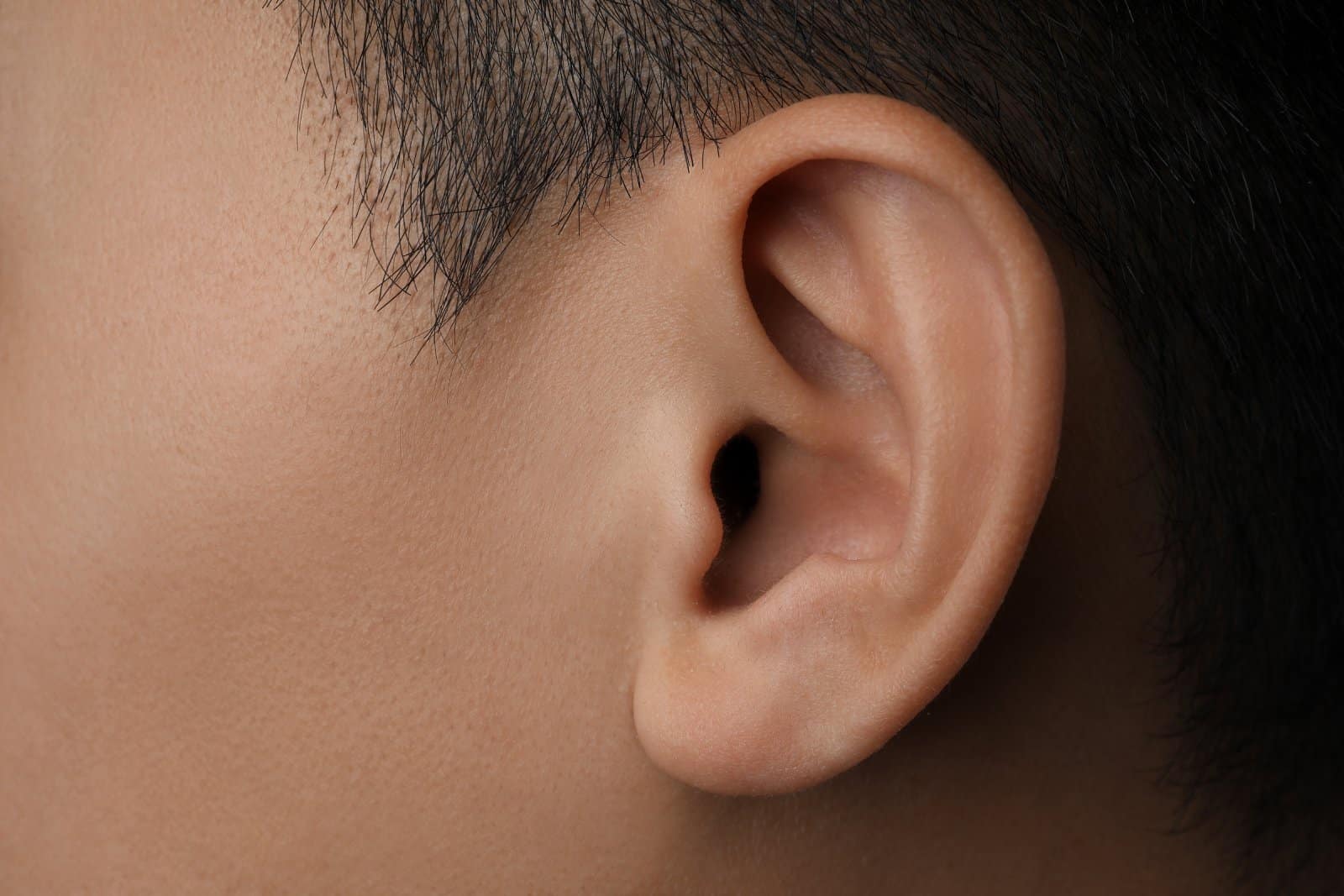
This is often used to turn a potential insecurity into a positive trait. It’s a playful way to encourage kids to embrace their physical differences and to listen more carefully.
13. This Artwork Is Amazing!
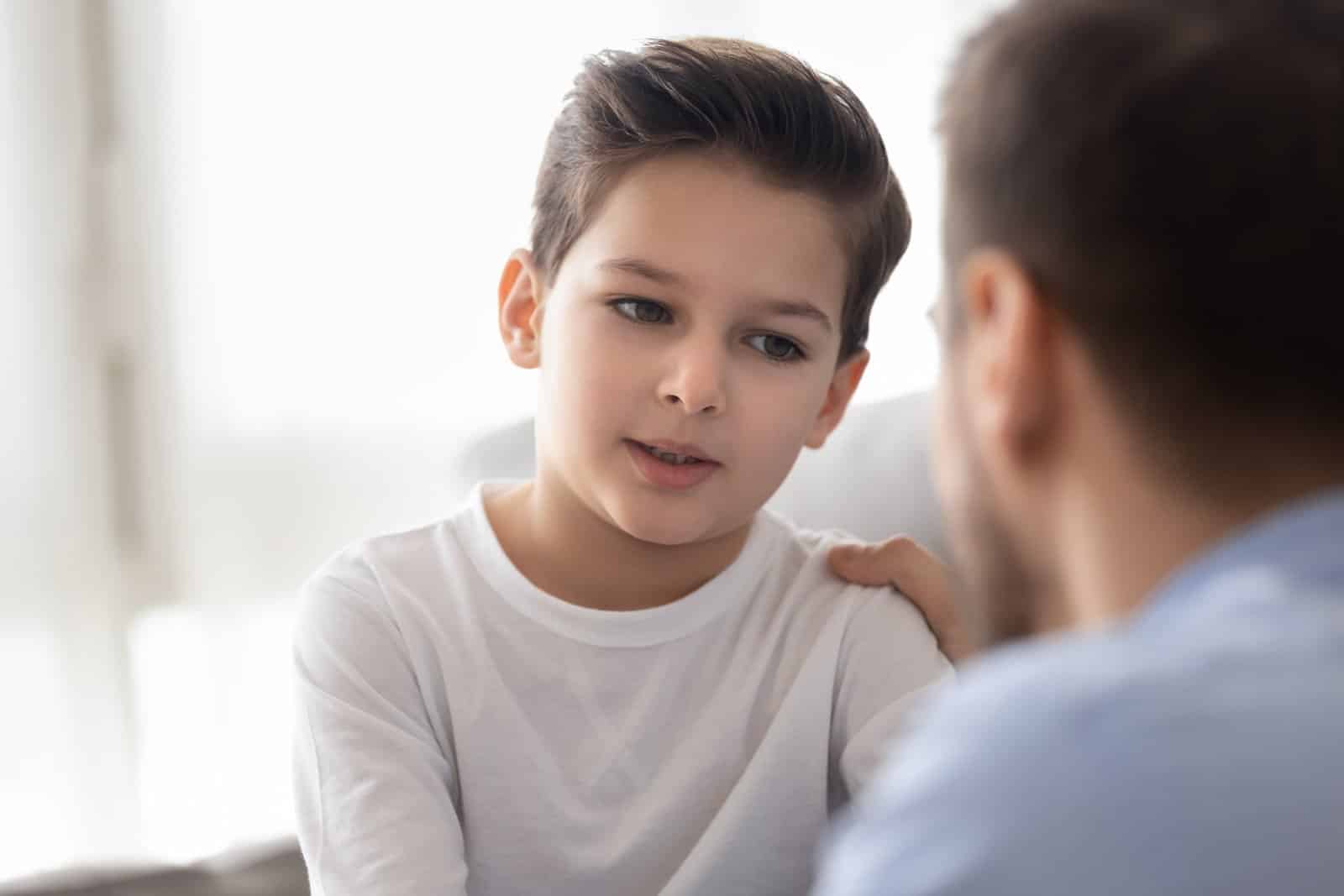
Parents often lavish praise on their child’s artwork, regardless of its quality, to boost self-esteem and encourage creativity. This supports a child’s development, even if the “masterpiece” is little more than a few squiggly lines.
14. This (Noisy) Toy Is Broken
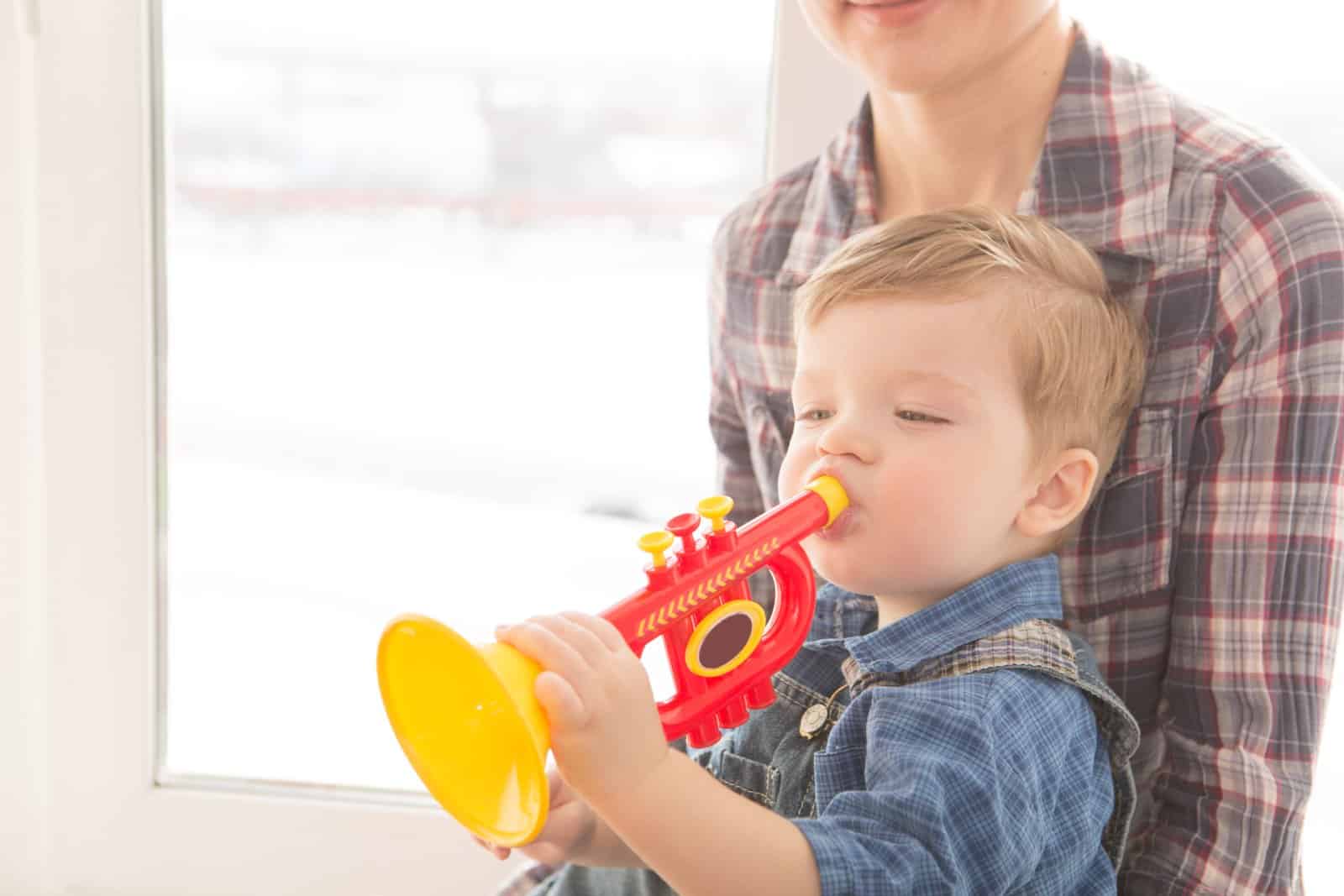
When parents need a break from the incessant noise of a particular toy, they might declare it “broken” and tuck it away for a while. This is a simple way to restore some peace and quiet without outright confiscating the toy.
15. The Tooth Fairy Will Know if You’re Awake

To ensure that children go to bed on time, parents often tell them that the Tooth Fairy only comes if they’re asleep. This bit of folklore adds an extra layer of magic and anticipation to losing a tooth.
16. You Must Wait an Hour After Eating to Swim
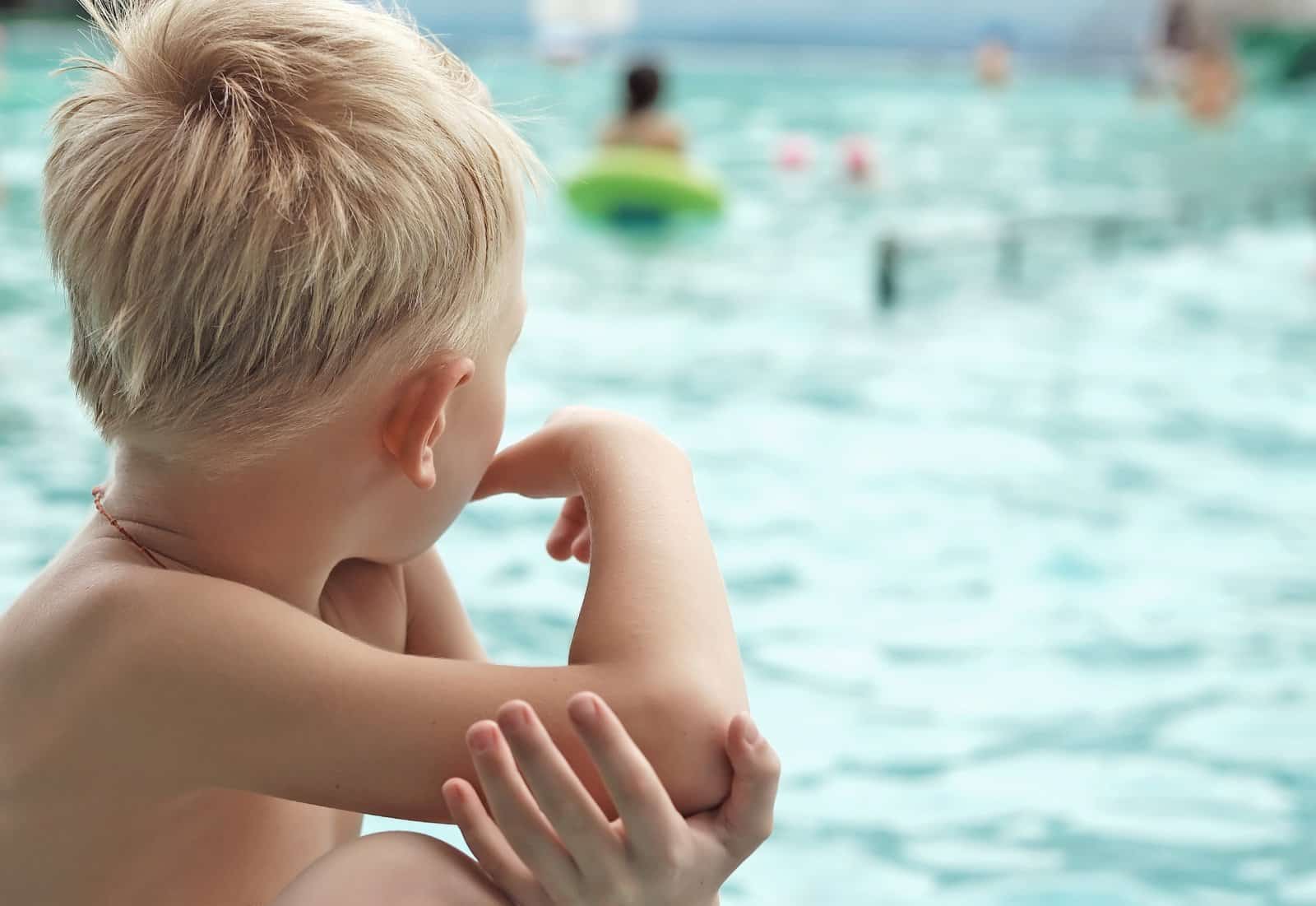
The rule that you must wait an hour after eating before swimming is based on the idea that swimming on a full stomach could cause cramps. While the risk is minimal, this myth persisted in British households as a precautionary measure.
17. If You Touch a Toad, You’ll Get Warts
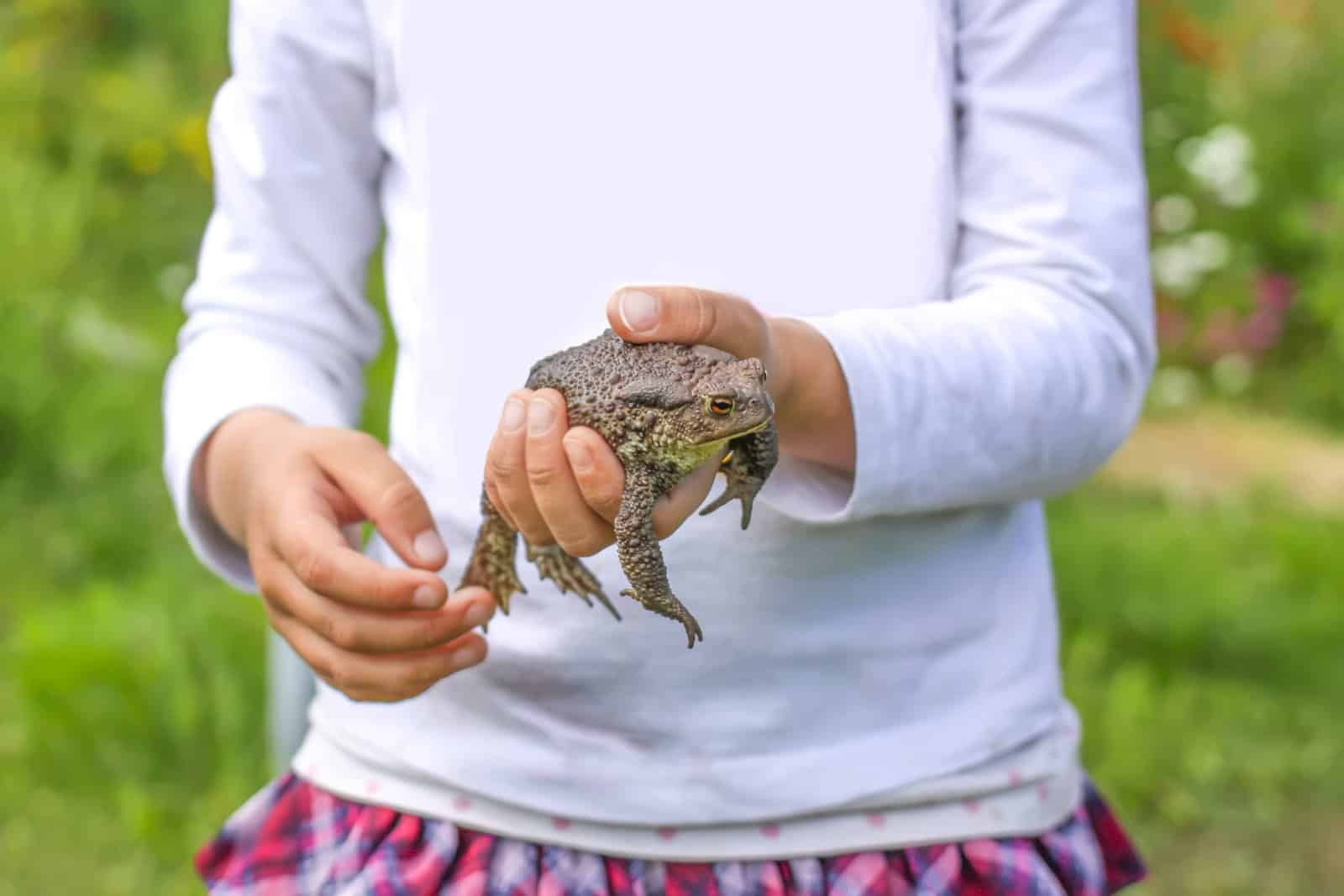
This old wives’ tale was likely invented to keep kids from picking up potentially harmful animals. In reality, warts are caused by a virus, not toads.
18. Eating Seeds Will Grow a Plant Inside You
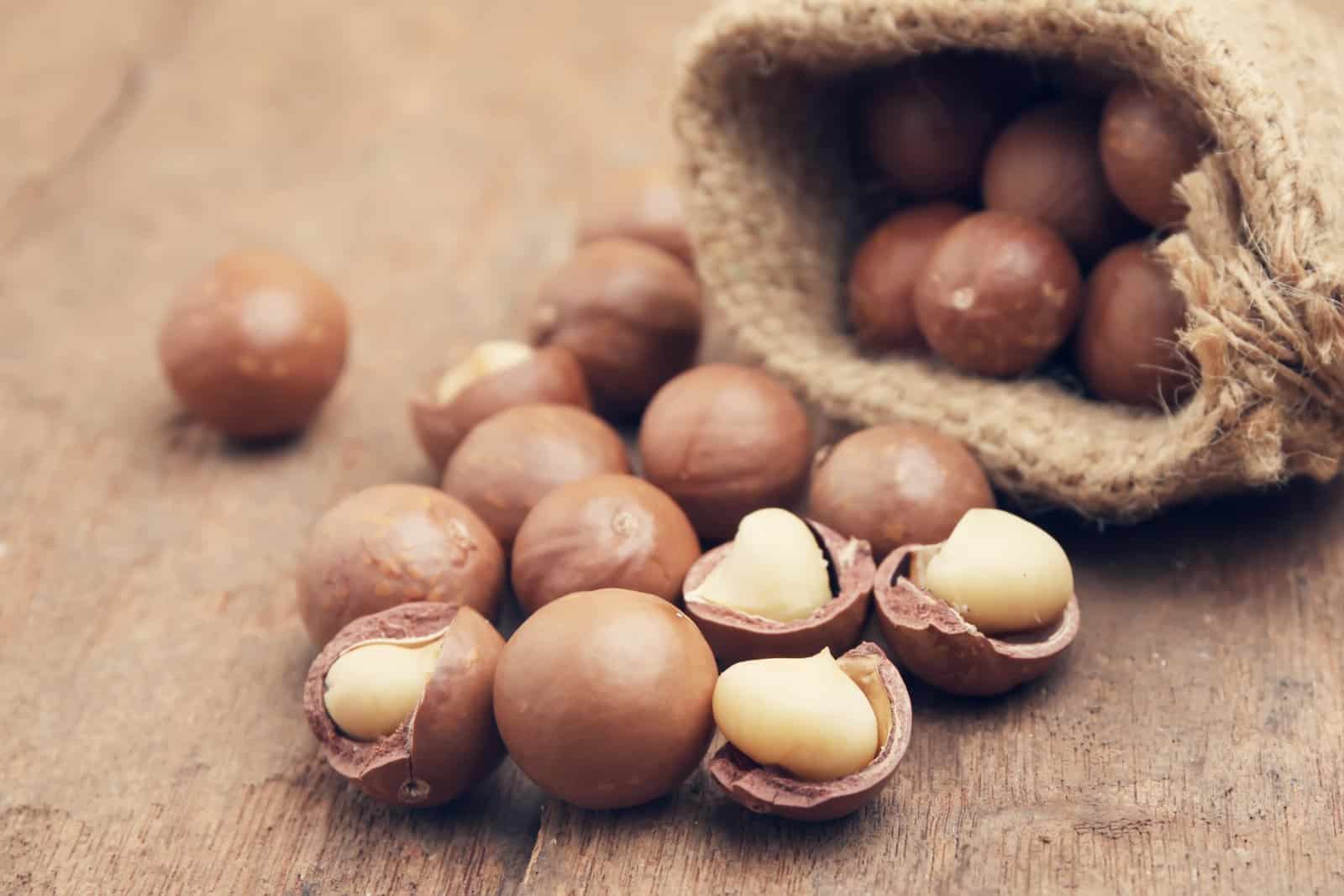
The notion that swallowing fruit seeds could cause a plant to grow inside your stomach is a classic scare tactic. It’s an imaginative way to teach children not to swallow things they shouldn’t.
19. It’s Going to Rain Today

Parents might predict rain as an excuse to stay indoors, especially when they’re not up for another outing. This is particularly effective in the UK, where unpredictable weather is a common occurrence.
20. You’ll Turn into a Mermaid if You Swim Too Long
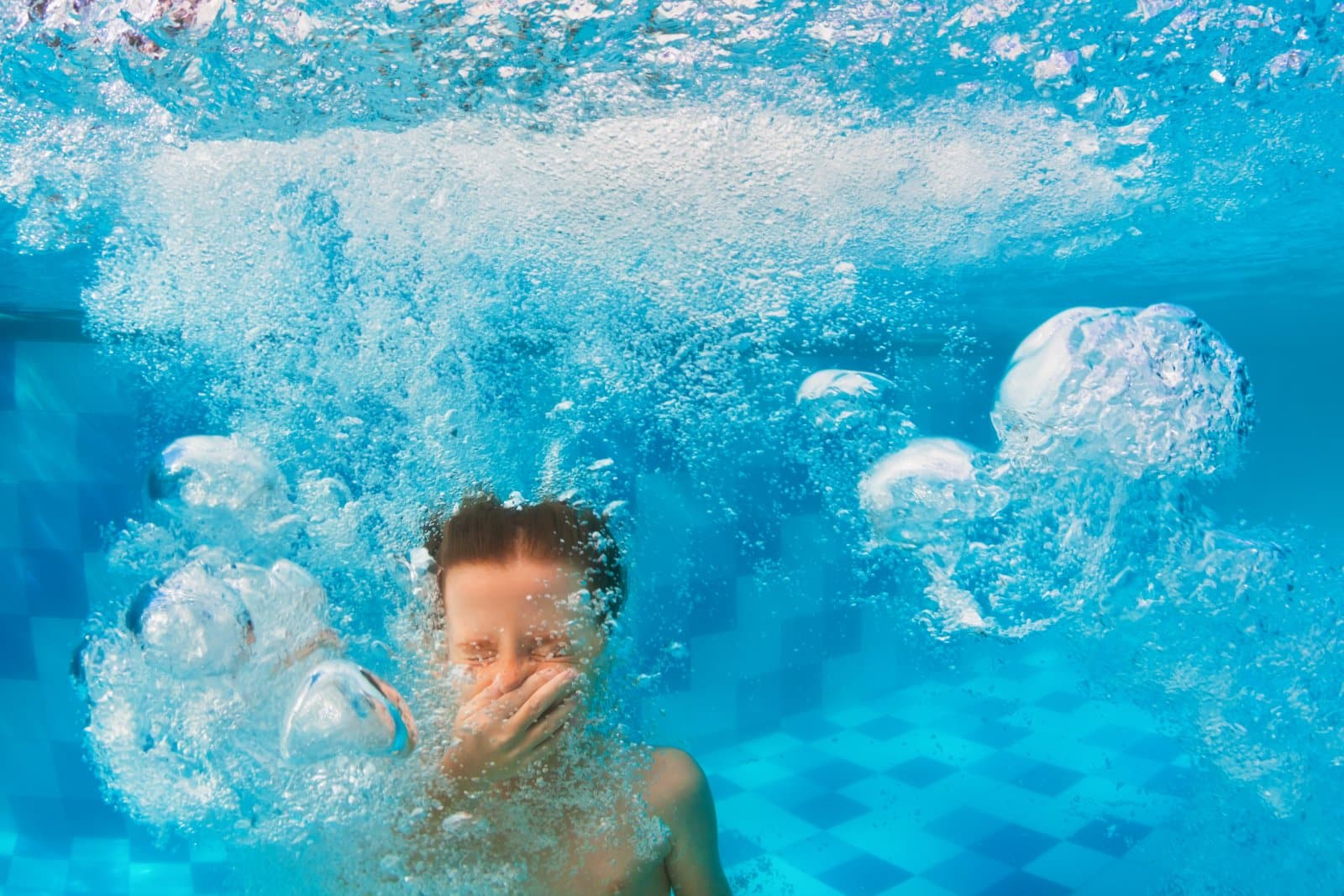
This fantastical fib is often used to add a sense of wonder to swimming, encouraging children to embrace their time in the water. It plays into the child’s imagination while also subtly suggesting it’s time to leave the pool.
21. The Stork Brings Babies

This age-old story was told to avoid the awkward conversation about where babies come from. The stork myth has roots in European folklore and was widely used in the UK before the days of more open conversations about reproduction.
Timeless Fibs

These timeless fibs are more than just tales—they’re a rite of passage for British children. Whether you’ve caught yourself repeating them or simply reminiscing, these myths remind us of more innocent days.
Featured Image Credit: Shutterstock / Evgeny Atamanenko.
For transparency, this content was partly developed with AI assistance and carefully curated by an experienced editor to be informative and ensure accuracy.
The images used are for illustrative purposes only and may not represent the actual people or places mentioned in the article.

